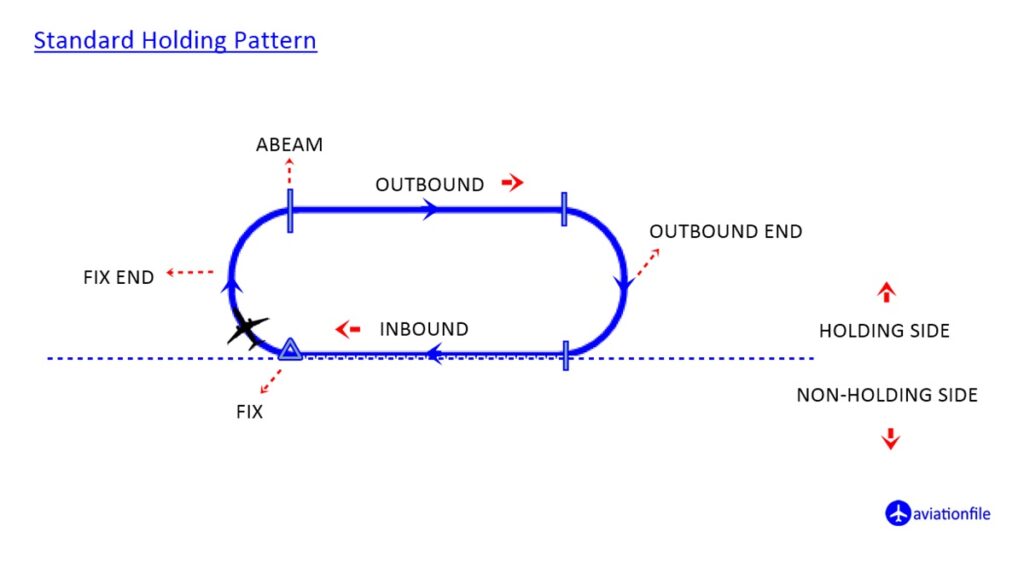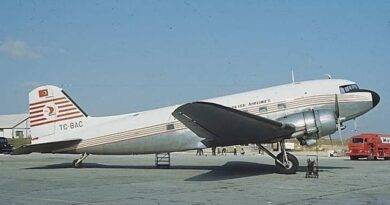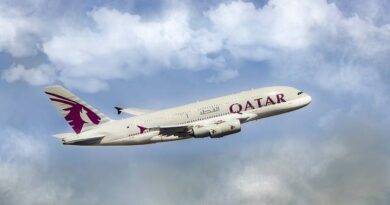Holding Procedure – Why? -Where?
In this article, we will talk about Holding procedure of aircraft. The topics we will talk about shortly are what a holding is, the reasons for holding, and where planes do holding.
Let’s start with the definition of Holding. A holding procedure according to the FAA pilot / controller glossary “a predetermined maneuver which keeps aircraft within a specified airspace while awaiting further clearance from air traffic control”. Let’s elaborate a little bit. Holding maneuver means that planes stay in the air for a number of reasons. This waiting can be done in pre-planned areas and altitudes, or it can be made on the basis of another coordinate approved by the controller. There are some methods of holding maneuver, as you can see in the figures below.

Now, why do planes do holding?
It can be frustrating to turn around in a certain area while waiting to land in the plane as a passenger. However, there are some reasons for holding.
Meteorological conditions
Meteorological conditions are an important reason for holding. For example, when visibility is low, but meteorological forecasts say that the visibility will increase after a while. In such a case, an airplane approaching to the airport may hold for a while and wait for the visibility to increase.
Runway closure
There are many unknowns in aviation. For example, an airplane with a problem with the landing gear may have to wait on the runway for a while after landing, or the runway may need to be closed for a while in the event of an unexpected FOD on the runway. In such a situation, an airplane approaching for that runway may hold for a while in the air to wait for the runway to open.
Aircraft-related causes and reduce risk
Although, aircrafts are extremely safe and equipped with high technology, sometimes unexpected situations may occur. Due to some problems in the air (engine failures, landing gear problems, etc.), the pilot may want to land the plane with minimum fuel to reduce the risks (such as reducing a possible fire risk after landing). In such cases, the aircraft may hold. In addition to these, pilots may want to control some problems they see in avionic systems and they may need additional time. In such cases, holding can be made.
Air traffic density
Imagine that you are looking at a busy airport from overhead, and you think of the planes approaching to that airport. Probably, dozens of planes that want to approach a single point (airport) will visualize in your mind. Air traffic management aims to ensure that these flights run smoothly, safely and quickly. But in some cases this density may require aircraft to hold in the air. There may be problems arising from the air traffic controllers and this may result in aircraft waiting. Another study of air traffic management is to think and solve these densities that may occur in the air while the aircrafts are on the ground. Airport and air traffic slot applications also serve these purposes. One of the purposes of studies such as airspace design and airspace capacity is to minimize the holding that may occur.
Basically, we talked a little bit about the reasons for holding. It is possible to increase these reasons. Now let’s examine where airplanes do holdings.
Where do planes hold in the air?
Navigation aids
Airplanes fly by taking reference from some devices equipped on the ground. The Location of these devices are a factor in determining tholding points. For example, over a VOR device may be a designated place for aircraft to hold.
Air traffic flow
As we mentioned above, air traffic management aims to ensure that these flights take place smoothly, safely and quickly. This is an important factor when determining the holding points. It is tried to determine the points that will not affect the normal flow of the aircraft or will affect the normal flow at a minimum level.
Geographical conditions
As you might guess geographical conditions are an important factor in determining holding points. For example, the top of a volcano is not well suited as a holding point.
Restricted areas-Urbanization
An important point in determining the holding points is the forbidden areas. Some buildings, facilities, regions that are important for countries can be designated as prohibited or restricted areas. Even flying over these type of airspace may be prohibited. Therefore, this situation is taken into account when determining the holding point. In addition, regions where urbanization is intense are also taken into consideration. If a holding point is to be determined in such areas, rules such as flying above a certain altitude can be set.
Air traffic controller
Air traffic creates an instant and dynamic environment as you can imagine. Air traffic controllers separate the aircraft in their area of responsibility according to safety rules and they are responsible for the fast and regular flow of traffic. Therefore, they are one of the most competent people who is aware of that moment in the air. When necessary, the air traffic controller can instruct the aircraft to hold in a certain area.
As a result, it is possible to reproduce the items we have summarized above. It should not be forgotten that there is no holding for pleasure and there are reasons at its root. Safety is paramount in aviation, and safety concerns and expectations lie at the root of most of the holding maneuvers.


